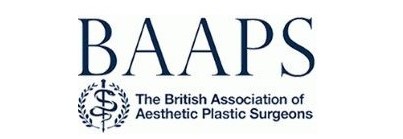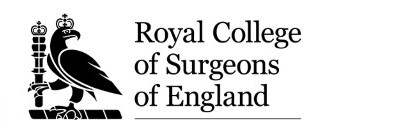Prominent Ear Correction (Pinnaplasty/ Otoplasty)
What is a prominent ear?
The normal ear has a fold in the cartilage known as the anti-helical fold. If this fold is lacking or deficient, the ear assumes a prominent position, causing it to stick out more obviously than normal from the side of the head.
Before and after photos


These photographs show the prominent ear before surgery with no antihelical fold and then one week after surgery with a new fold and with the ear set back.
Is it common?
1 to 2% of the UK population consider their ears to be too prominent.
Why do people present for prominent ear correction?
Sometimes people are self conscious of the appearance of their ears and often try to disguise or hide them with their hairstyle. At school it may be problematic and result in teasing. This is not just limited to children, adults also find some comments regarding the appearance of their ears unwelcome. A prominent ear correction will change the appearance of the ears. It will not necessarily stop teasing although most patients find it is life enhancing.
Timing of surgery
It is important that children themselves are motivated to undergo this type of surgery and it is not purely driven by genuine parental concern. They are much more likely to comply with the head bandage and other aspects of treatment if they are self motivated.
Does it always affect both ears equally?
Not necessarily. Both ears may be prominent although not always symmetrically. Alternatively it may just affect one ear and the other remains normal.
How is it treated surgically?
A procedure called a prominent ear correction can address the problem. Depending on the age of the patient it can be performed under a local or general anaesthetic. There are different techniques available.
In Miss O’Brien’s practice, the operation is carried out from behind the ear. A flap of tissue is raised. The cartilage is held in the correct position with permanent stitches which are then covered with a flap of tissue. The wound is closed with removable stitches and a dressing applied.
What is advisable after surgery?
A protective dressing is applied which needs to be kept in place for a few days. After the skin stitches have been removed a sweatband should be worn in bed at night for about 6 weeks. Care should be taken to protect the ears from any trauma when playing sport.
Are there risks?
- There is a scar behind the ear which commonly heals well. Occasionally in patients prone to making problematic scars this may become raised and itchy or form a keloid scar. This is uncommon and occurs in about 3% of patients. Usually the scar settles well and is hidden from view in the groove behind the ear.
- Asymmetry may occur if either one or both ears are corrected.
- Numbness of the ear sometimes occurs after this procedure and usually settles after several weeks.
- Infection and bleeding are uncommon.
- Recurrence can occur but is uncommon.








